Ivory: Elephant slaughter, luxury symbol and illegal trade
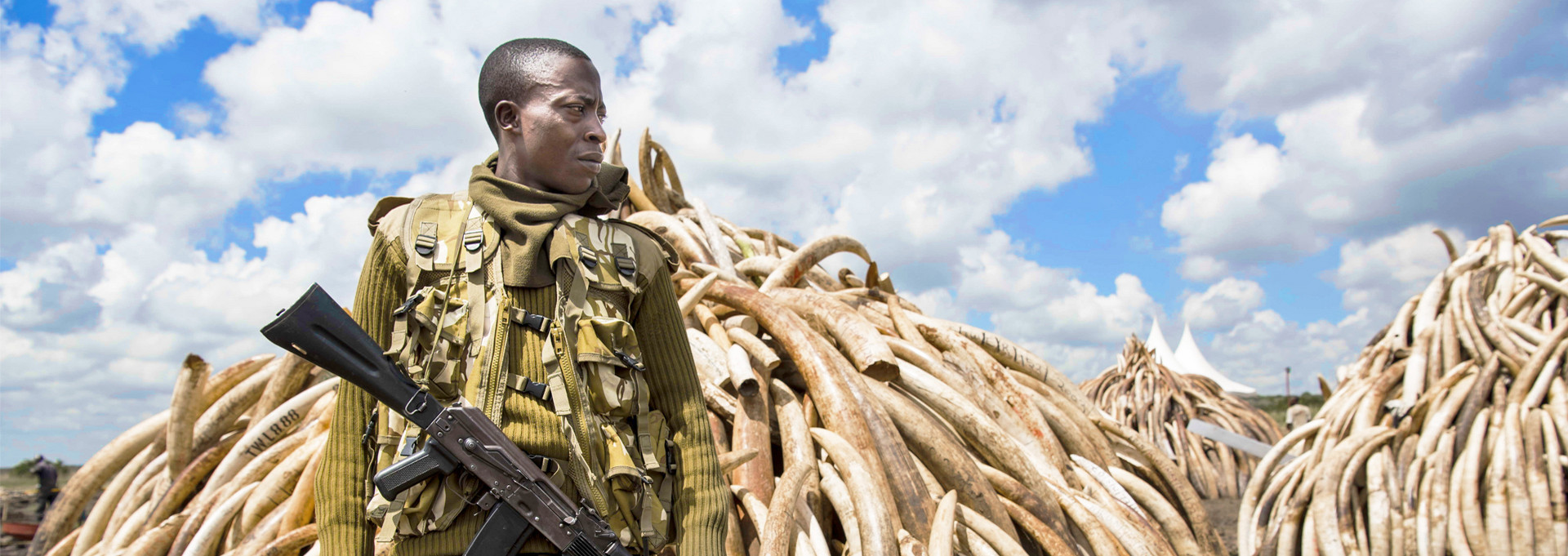
Who doesn't love elephants? Famous for their intelligence, the ability to express emotion and complex social behaviour and habits that closely resemble our own. These giants though are increasingly vulnerable because of the insatiable human demand for elephant ivory that dates back centuries.
When did we become crazy about ‘white gold’? Who is killing the elephants and what's being done to protect them? Here are some basic facts everyone should know about the illegal ivory trade and how it affects the elephant population.
Where does ivory come from?
Ivory is the off-white bone-like material that forms an elephant's tusks. It can be found in other species too, any animal that sports giant protruding teeth or horns, such as the walrus, hippo, or narwhals.
Tusks are a bit like a Swiss Army knife for an Elephant; they are used for digging in the ground for minerals, collecting food by peeling the bark off trees, breaking branches and for defence.
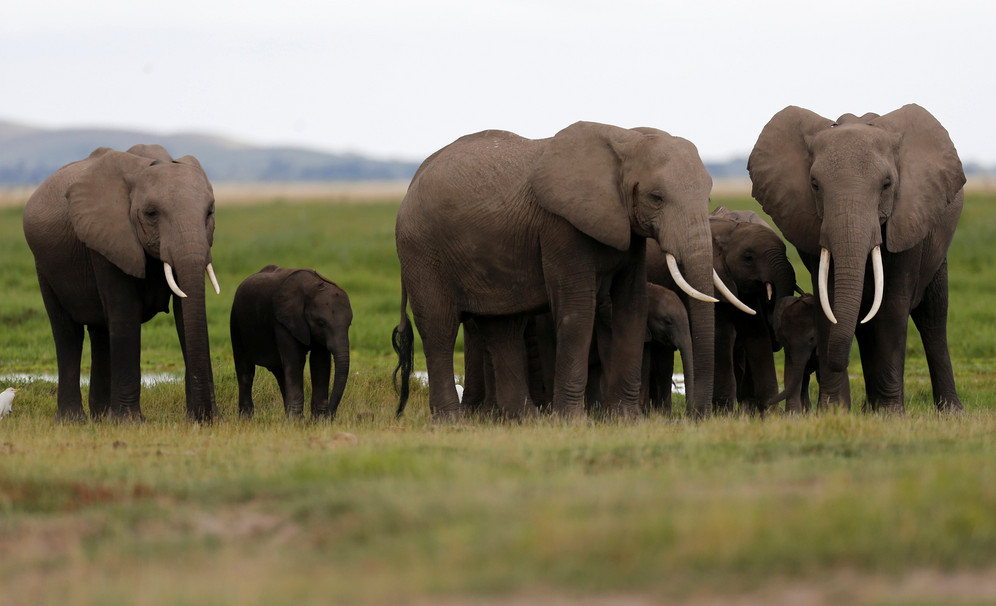
Why is ivory so prized?
For millennia, people have valued ivory highly. Its fine creamy colour, smooth texture, durability and ease of carving have made it a sought after material used to create sculptures, jewellery, chess sets, chopsticks, piano keys, billiard balls, cutlery handles and other trinkets.
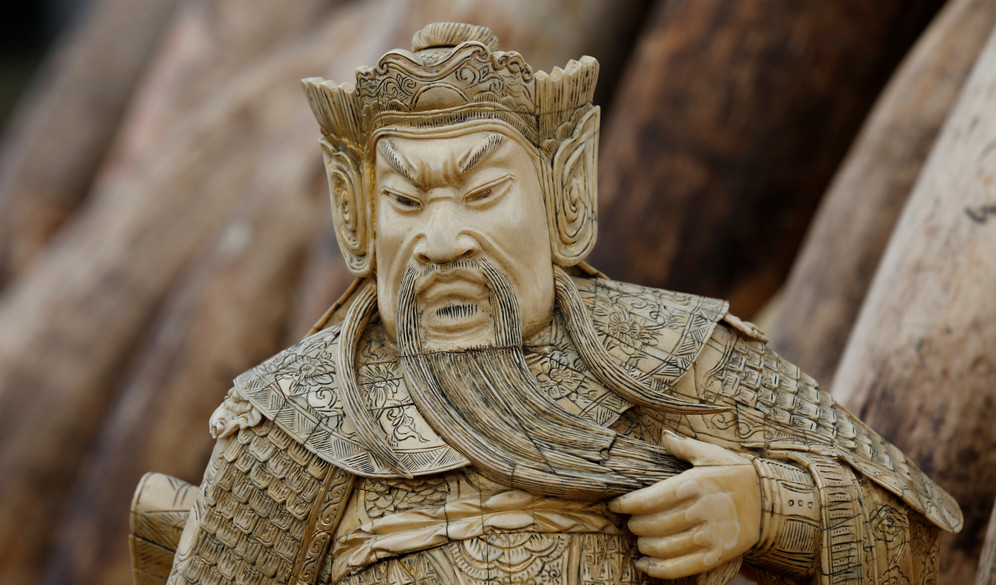
It’s seen as a symbol of luxury and status, particularly in China and across Asia. Because it’s rare, for some, ivory is also a safe investment and a worthy gift. Many believe that ivory brings good luck.
How is ivory harvested?
Harvesting ivory can only mean slaughtering an elephant. Poachers use various methods to hunt and kill their prey, and they aren’t just gruesome, they're often cruel and indiscriminate to facilitate collecting as much ivory as possible as quickly as they can. Entire herds, including tusk-less young, perish when poachers lace watering holes with cyanide or lure animals with poisoned fruit.
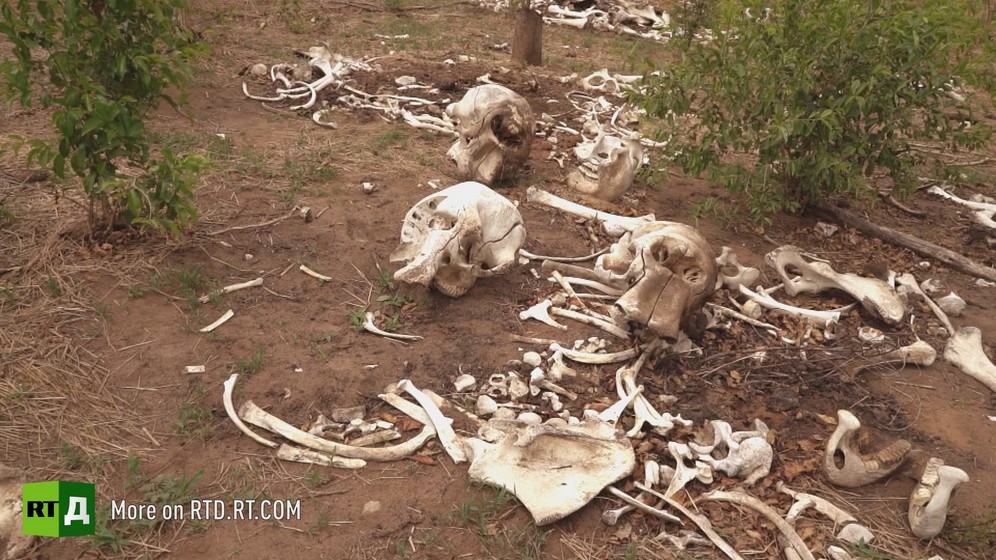
With each tusk weighing around 50 kg, black market prices can reach as much as $1,500 per kilo; the lucrative industry appeals to criminals, rebel groups and even terrorist organizations.
Some ask if the ivory can be removed without killing the animals and sadly, it cannot. Tusks are in fact giant teeth rooted deeply in the elephant’s skull, cutting them off would probably cause life-threatening infection and slow painful death.
How bad is the poaching and how does it impact the elephant population?
There are fewer than 500,000 African elephants left on the continent and up to 30,000 of them are killed for their ivory every year, according to estimates cited by various conversation groups and in the media.
Compared to 1900, when some ten million of the powerful creatures roamed the African plains, these are devastating numbers that show the horrific extent of elephant poaching fuelled by ivory fever across the world.
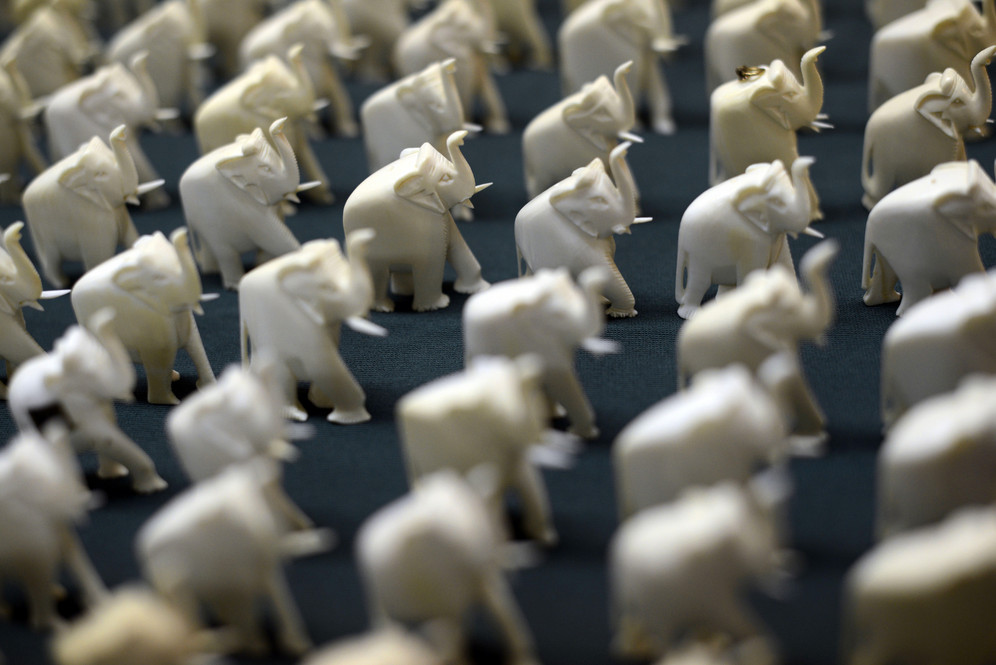
Although an international ban on ivory sales introduced in 1989 did help Africa’s elephant population recover to about a million, it soon plummeted again. In 1999 and 2008, the Convention for International Trade in Endangered Species (CITES) sanctioned special auctions to sell tonnes of accumulated ivory to Japan and China. While the funds generated were expected to raise much-needed money for conservation efforts, they backfired disastrously by driving up black market prices up and a resultant rise in poaching.
Steps to stop the illegal ivory trade & protect elephants
While a ban on all international ivory sales has been in effect since 1990, some countries continue to allow domestic ivory trading. There has been a definite shift though, with countries like China, the US and the UK, among the biggest ivory markets, moving to halt the flow of ivory within their borders.
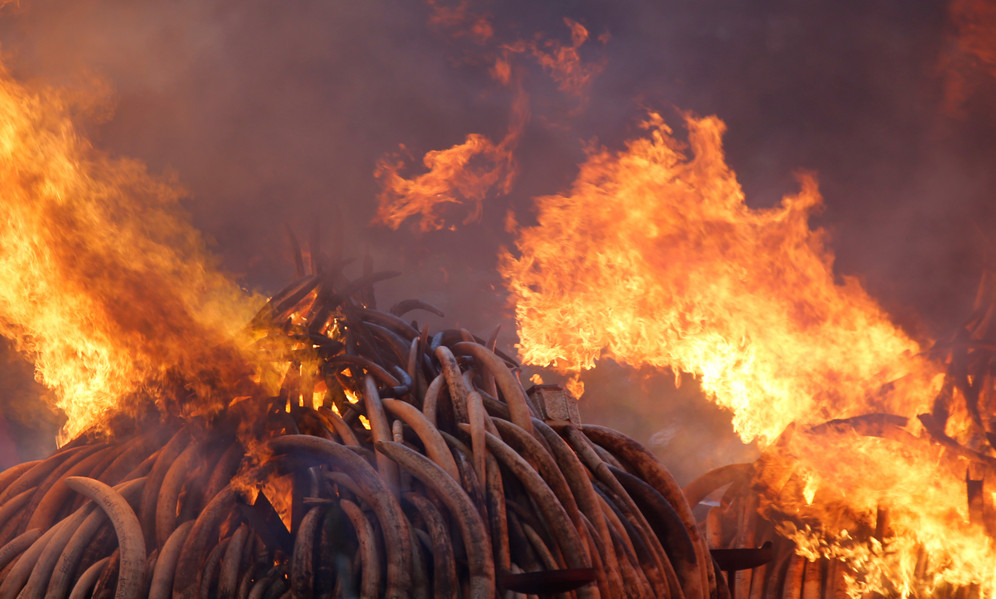
Sometimes, countries also hold ivory crushes, destroying tonnes of confiscated ivory, so it doesn’t end up on the black market and further increase consumer demand. Many conservationists say such dramatic displays also convey a message that ivory shouldn’t be seen as a prized commodity.
To change the perception of elephants as a source of this commodity, some advocate what they call a “culture of care”.
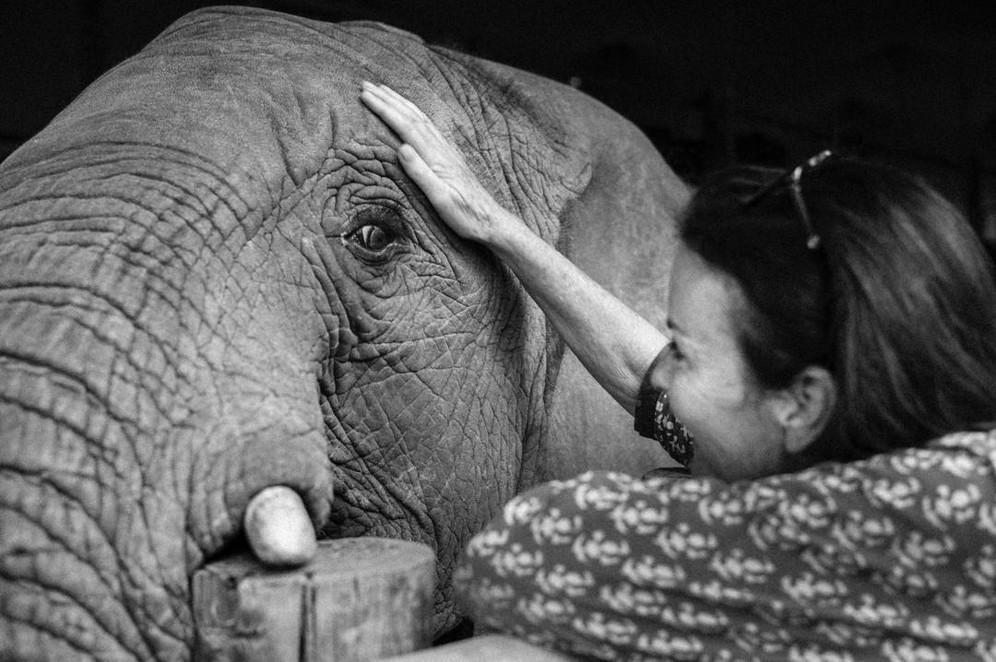
Roxy Danckwerts, founder of the ‘Wild is Life’ sanctuary, and an elephant nursery in Zimbabwe says she wants more people in her country to understand “how the animals think, their sentiments, and just their majesty”. For more of her story about saving baby elephants orphaned by poaching and raising awareness among locals and tourists, don't miss our latest film, When an Elephant Smiles.